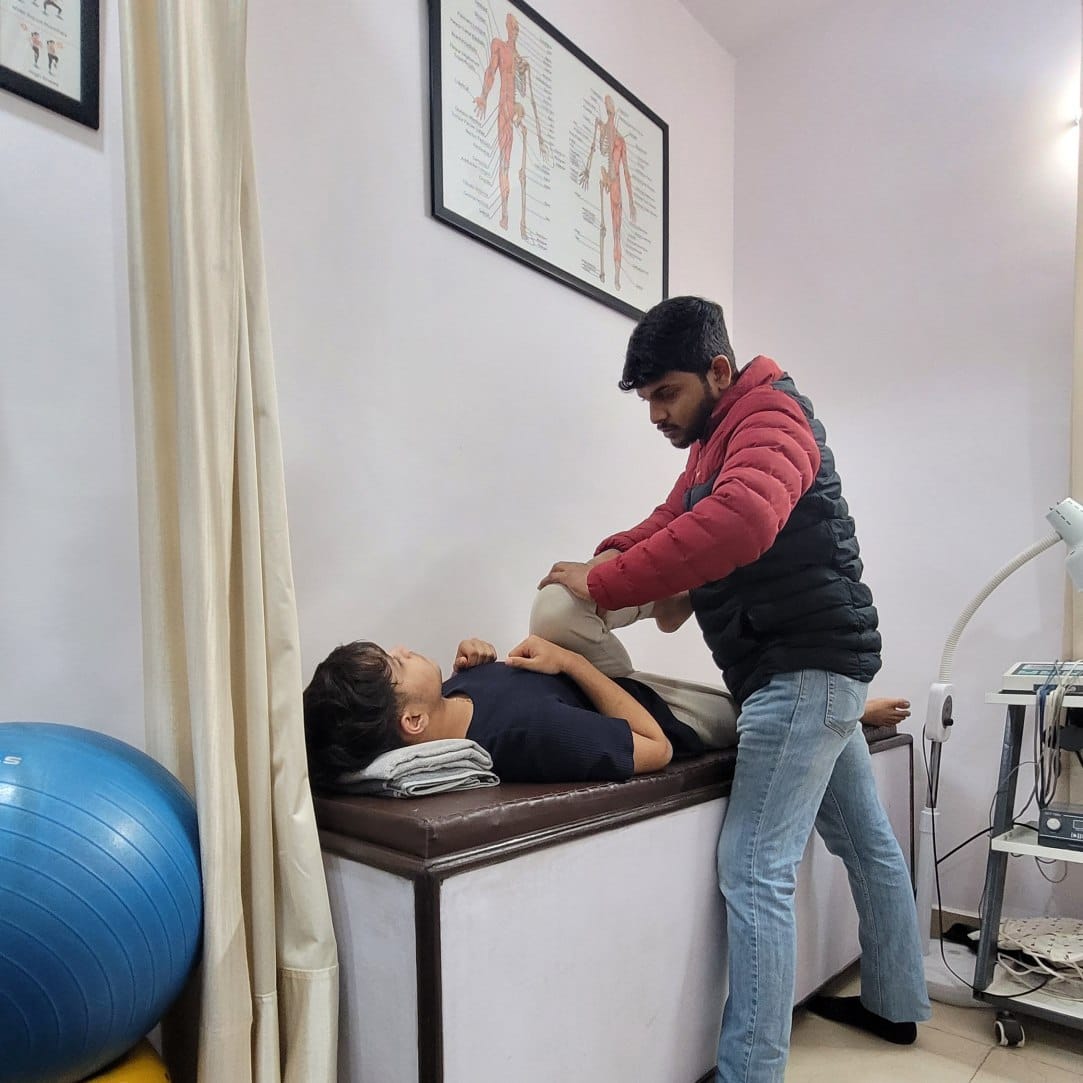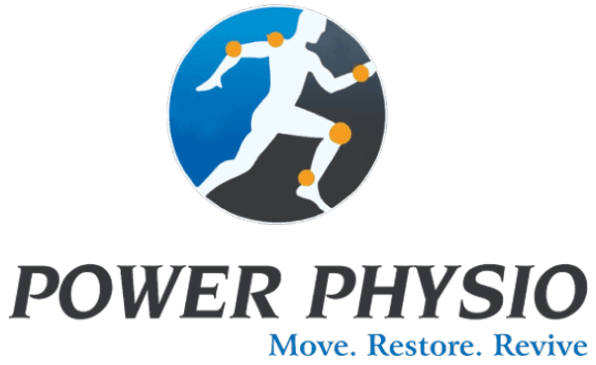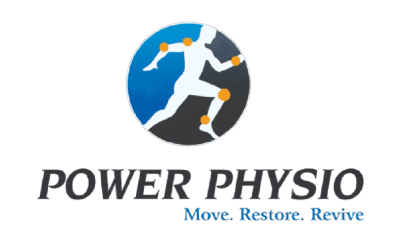
Hip Pain Management
Hip pain refers to discomfort or pain felt in or around the hip joint. It can originate from various sources, including muscles, tendons, ligaments, bones, and joints in the hip area. Hip pain can vary in severity and may be localized to the hip joint or radiate to the thigh, groin, buttocks, or even down the leg. It can affect mobility, daily activities, and quality of life, often requiring medical assessment and appropriate treatment to alleviate symptoms and address underlying causes effectively.

Causes of Hip Pain
Hip pain can stem from various sources, including:
- Muscle Strain or Tendinitis.
- Hip Joint Conditions
- Sacral Dysfunction
- Spinal Issues
We specialize in identifying the causes of hip pain
Hip pain can stem from various sources, including:
• Muscle Strain or Tendinitis: Overuse or injury to hip muscles or tendons.
• Hip Joint Conditions: Arthritis (osteoarthritis or rheumatoid arthritis), labral tears, or femoroacetabular impingement (FAI).
• Sacral Dysfunction: Issues with the sacroiliac joint (SI joint) can refer pain to the hip region.
• Spinal Issues: Low back problems such as herniated discs or spinal stenosis can cause referred pain to the hip.We excel at identifying the signs of hip pain.
Symptoms of hip pain may include:
• Pain: Dull ache, sharp pain, or throbbing sensation in the hip joint or groin area.
• Stiffness: Difficulty moving the hip joint, especially after periods of rest or in the morning.
• Limited Range of Motion: Reduced ability to move the hip through its full range.
• Radiating Pain: Pain that travels down the leg (referred pain), often mimicking sciatica.
• Instability: Feeling of the hip giving way or feeling loose.Connection with Sacroiliac Joint and Low Back
The hip joint is closely connected to the sacroiliac joint and the low back through a network of muscles, ligaments, and nerves. Dysfunction in the SI joint or low back can:
• Refer Pain: Pain originating from the SI joint or low back can radiate to the hip region, causing confusion in diagnosis.
• Affect Movement Patterns: Compensation patterns due to SI joint or low back issues can lead to altered hip mechanics and subsequent pain.
• Shared Nerve Pathways: Nerves serving both the hip and low back regions can overlap, causing pain referral between these areas.
Multidimensional Approach to Hip Pain Management
At Power Physio Clinic, we adopt a multidimensional approach to managing hip pain:
• Biomechanical Assessment: Evaluating hip joint mechanics, posture, and movement patterns.
• Manual Therapy: Techniques such as joint mobilization, soft tissue manipulation, and myofascial release to alleviate pain and restore mobility.
• Exercise Therapy: Prescribing specific exercises to strengthen hip muscles, improve flexibility, and enhance stability.
• Postural Correction: Addressing contributing factors such as poor posture or ergonomic issues.
• Education and Lifestyle Modification: Providing guidance on proper body mechanics, ergonomic adjustments, and preventive strategies.
• Pain Management Techniques: Utilizing modalities like ultrasound, heat therapy, or electrical stimulation for pain relief.


